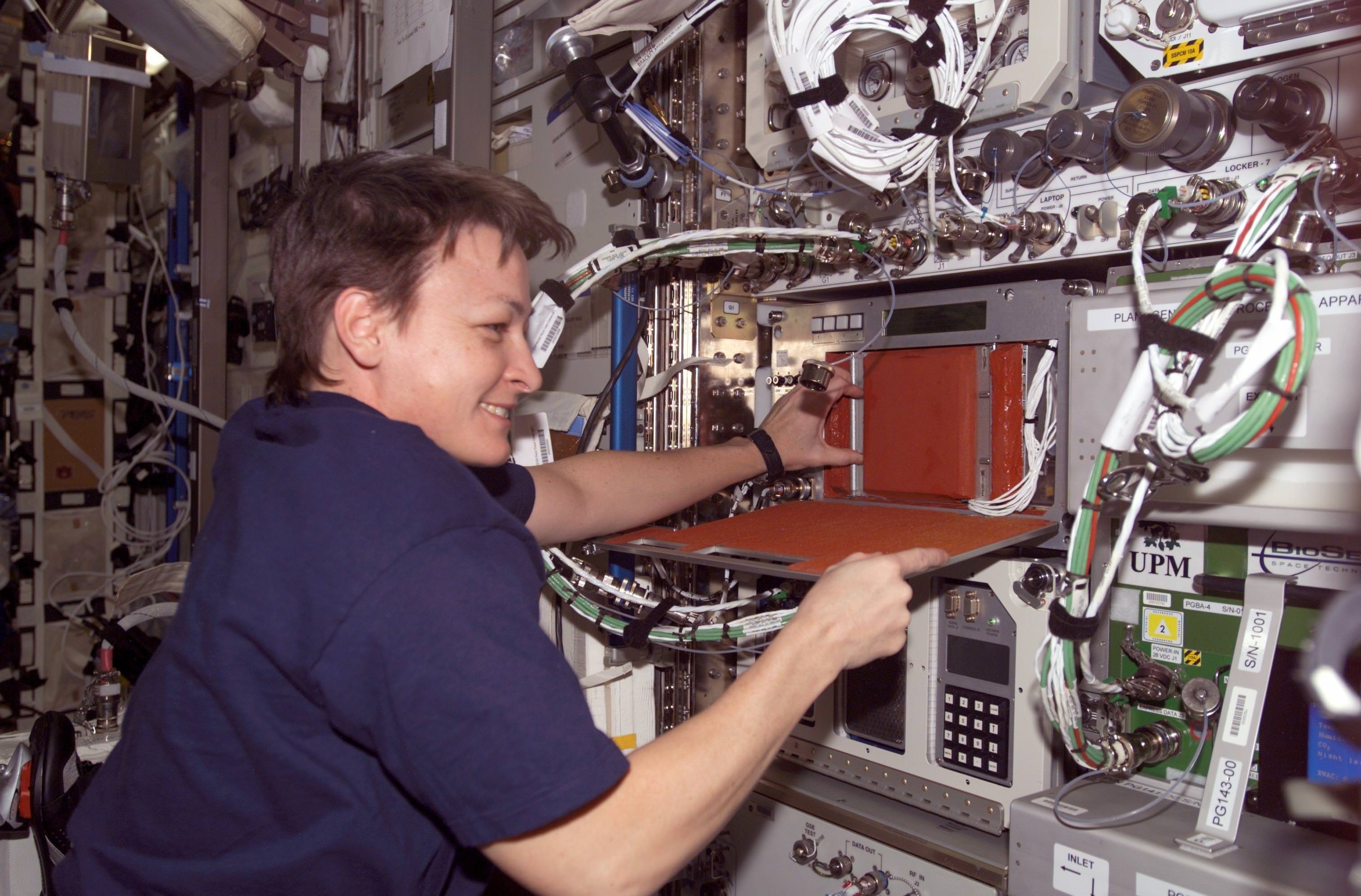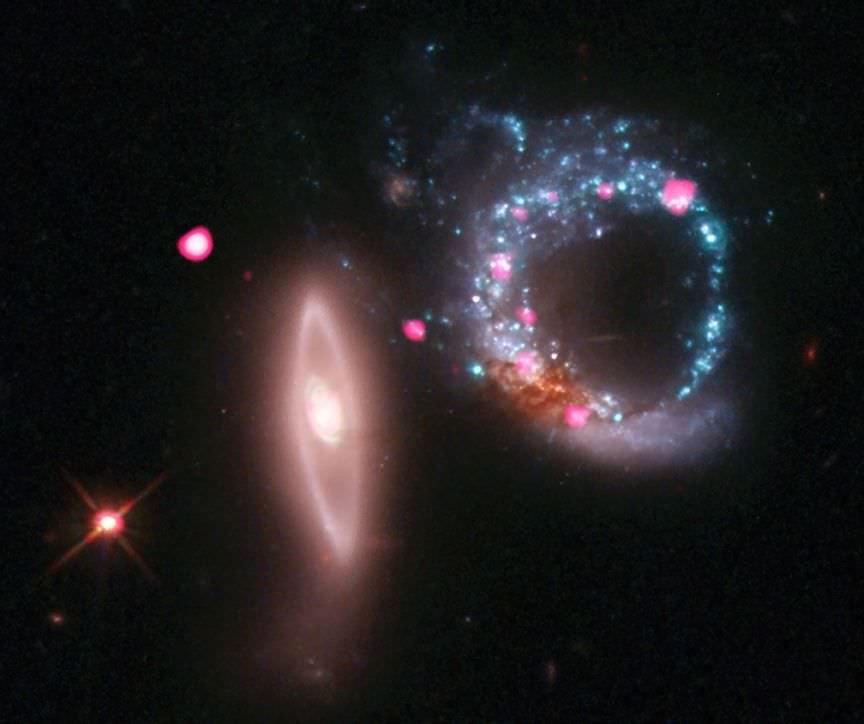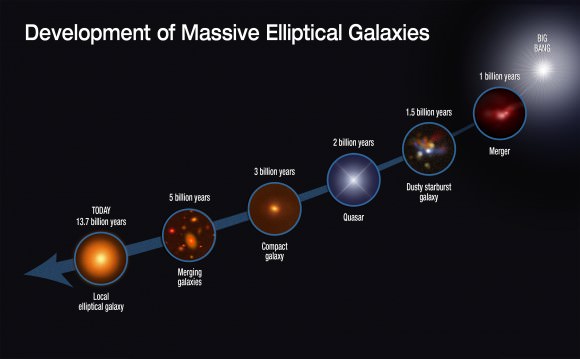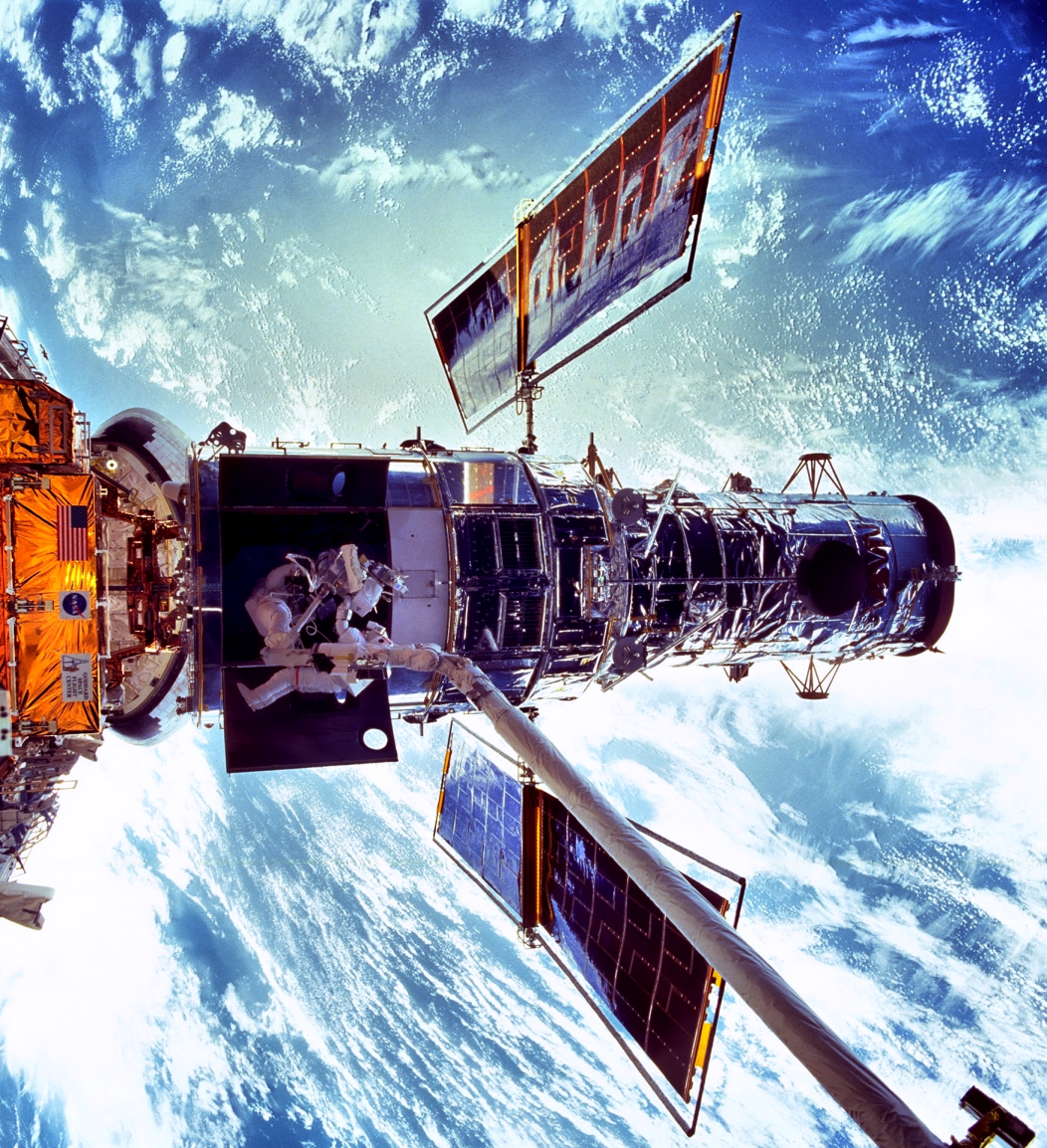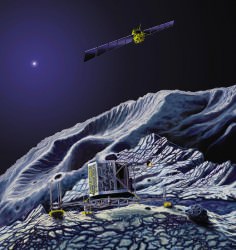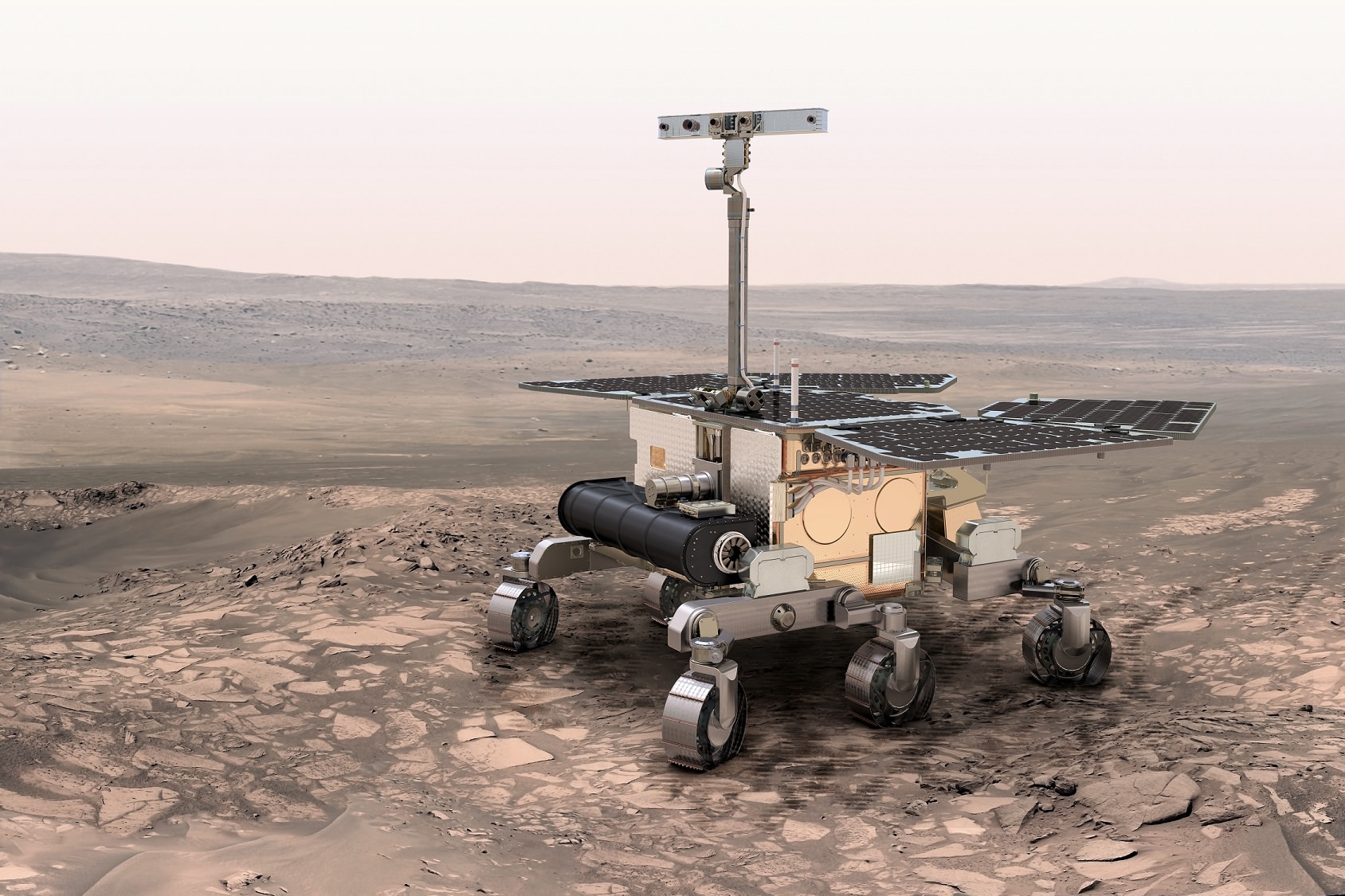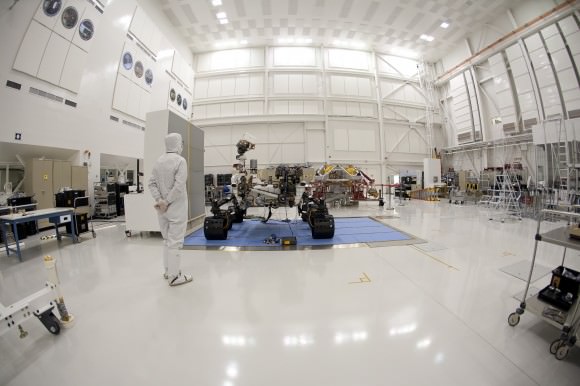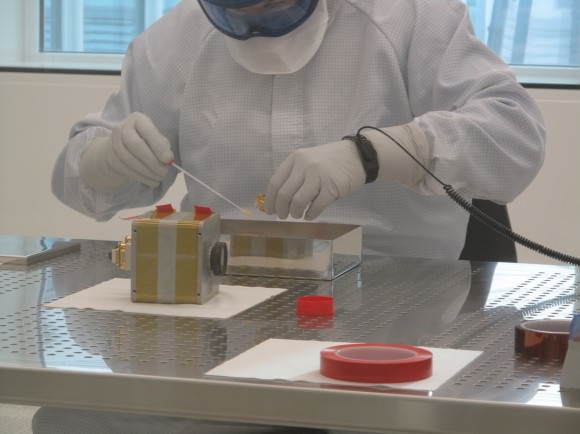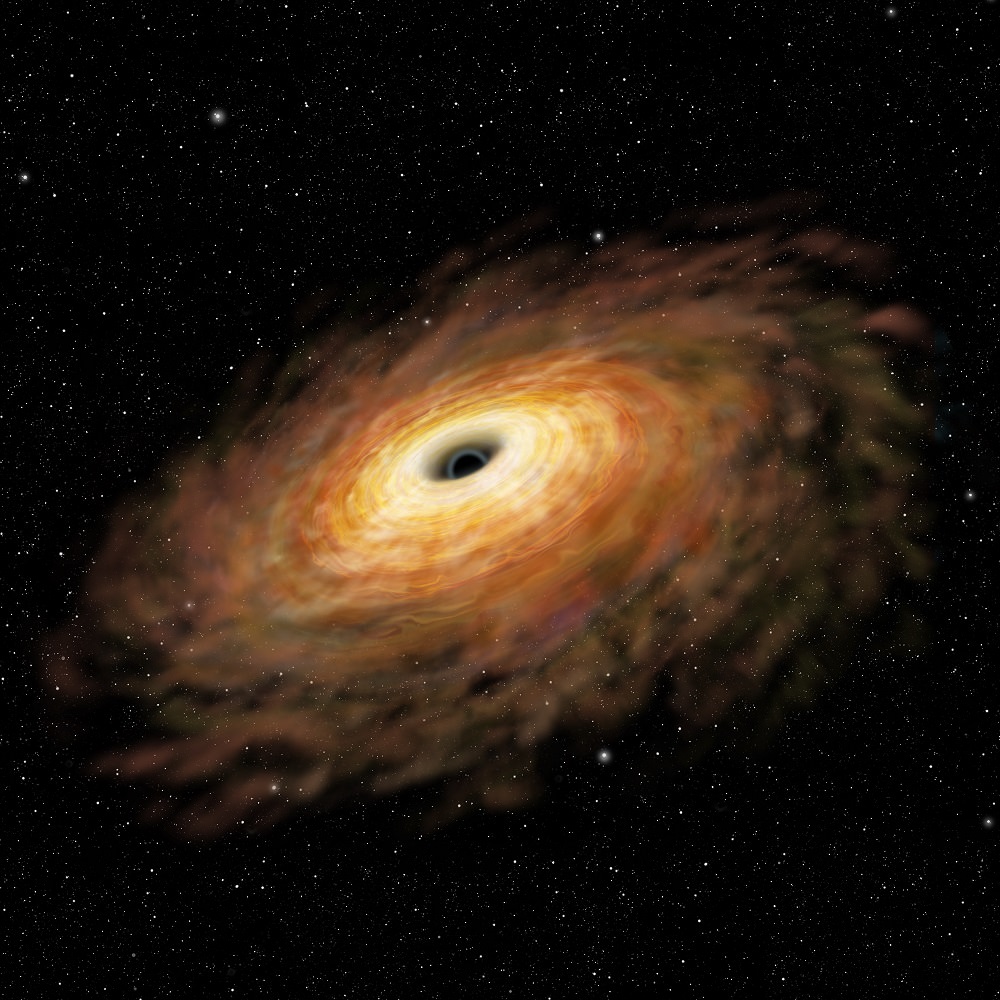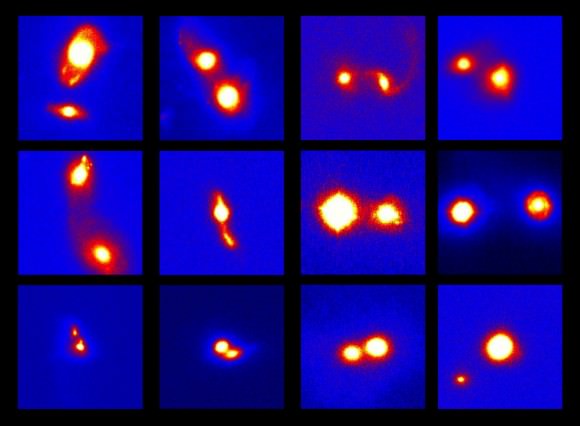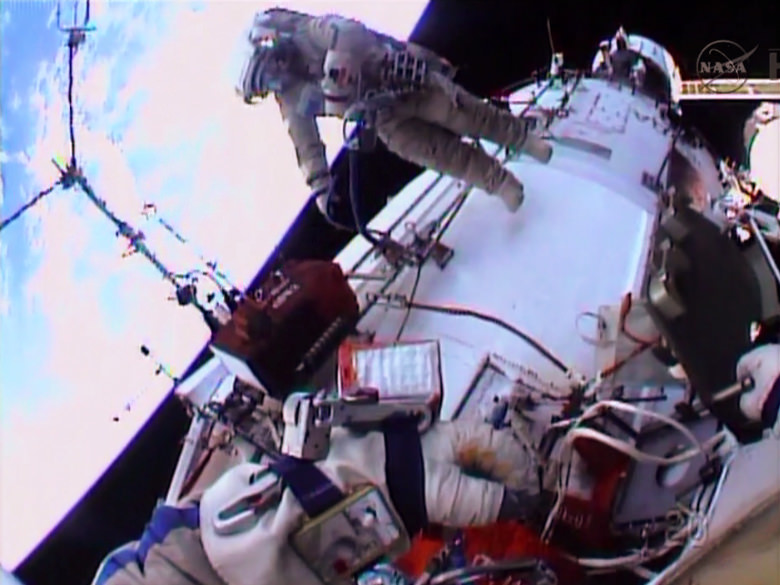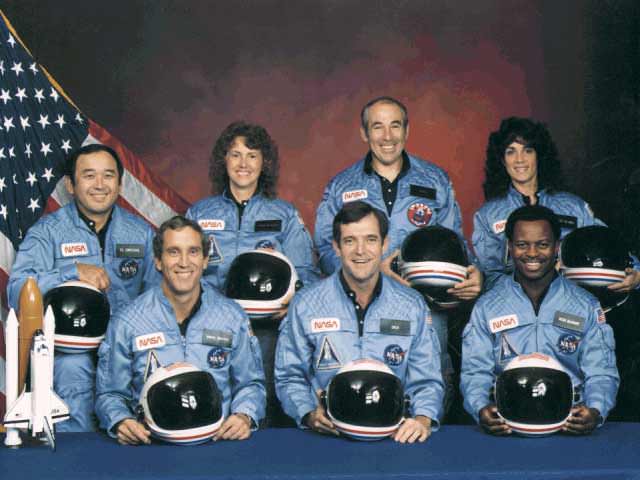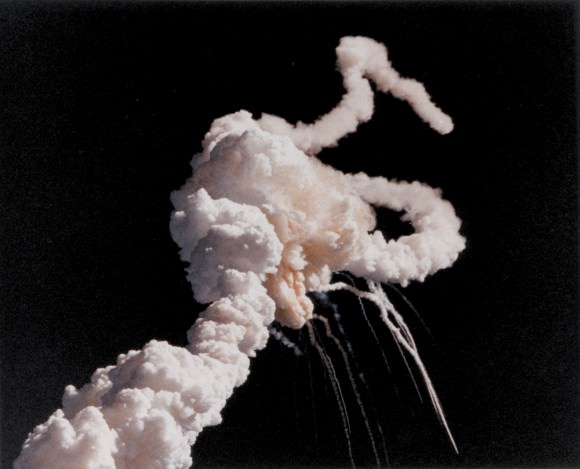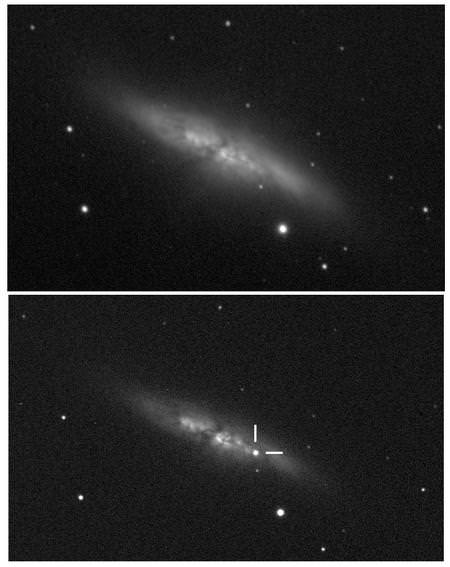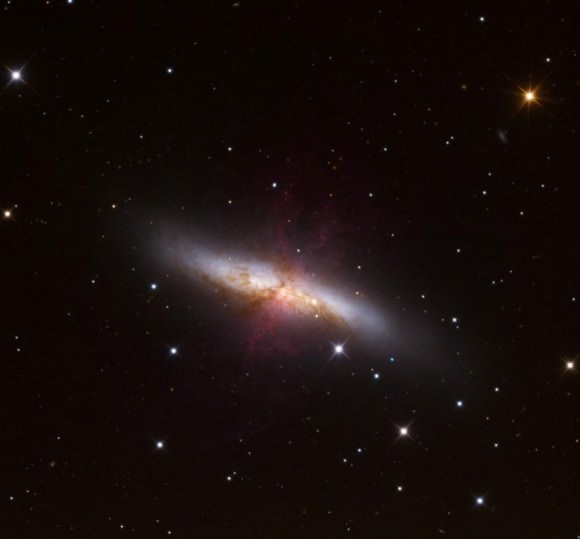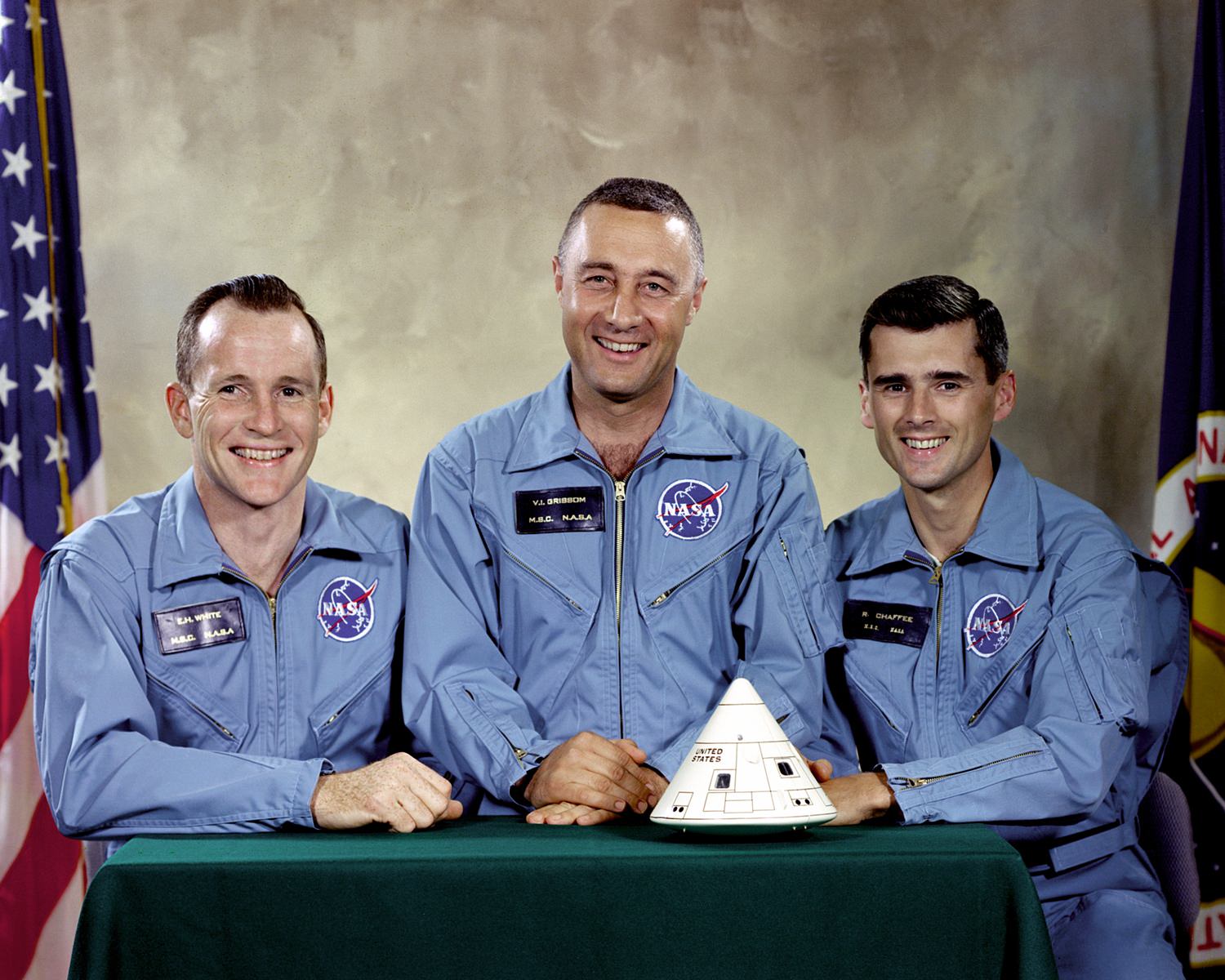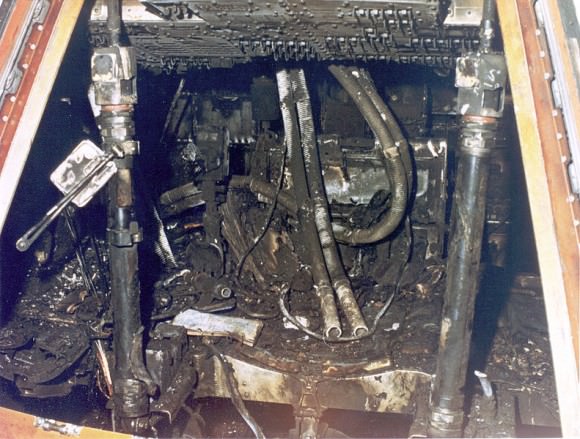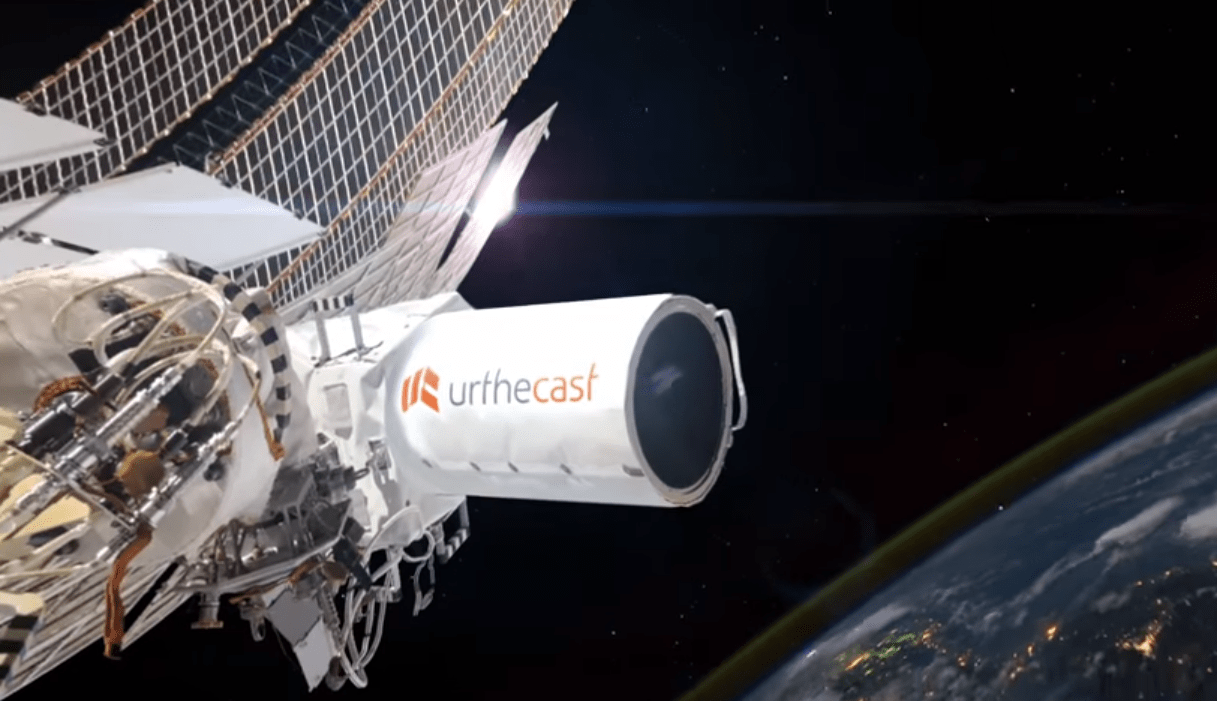A bunch of people really, really want to go to the Red Planet on the proposed one-way Mars One trip; more than 1,000 applicants are being considered in Round 2 selections. They will face, however, more radiation during their journey that could put them at higher risk of cancers down the road. While the solution could be to add more shielding to a spacecraft, that’s both heavy and expensive.
Enter the alternative: a magnetic field. A group calling itself the EU Project Space Radiation Superconductive Shield says their technology will “solve the issue of radiation protection in three years” and is seeking academic collaborations to make that happen. Here’s how it will work:
“The SR2S superconducting shield will provide an intense magnetic field, 3,000 times stronger than the Earth’s magnetic field and will be confined around the space craft,” a press release states.
“The magnetic fields will extend to about 10 metres in diameter and ionizing particles will be deflected away. Only the most energetic particles will penetrate the superconducting shield, but these will contribute the least to the absorbed radiation dose as their flux is negligible. This will address the issue of suitability of people for space travel as it will open up eligibility for space travel regardless of gender.”
That last bit refers to some radiation guidelines highlighted a few months ago. Peggy Whitson, a veteran NASA astronaut, said publicly that women fly far fewer hours in space than men. That’s because space authorities apply lower “lifetime” radiation limits to females (for biological reasons, which you can read more about here).
The project team includes participation from the Italian National Institute of Nuclear Physics, General Company For Space (CGS SpA), Columbus Superconductor SpA, Thales Alenia Space – Italia S.p.A., the French Commission of Atomic Energy and Alternative Energies, and the European Organization for Nuclear Research (CERN).
“We have already made significant progress since the beginning of the project and believe we will succeed in this goal of solving the radiation protection issue,” stated Roberto Battiston, who leads the project and is also a professor of experimental physics at the University of Trento in Italy. The project started a year ago.
“In the last few months, the international teams working at CERN have solved two major technical issues relevant to the superconducting magnets in space (i) how to make very long high temperature superconducting cables join together in a shorter segment without losing the superconducting properties and (ii) how to ensure protection of long high temperature cables from a quench.”
More information on the project is available at its website. What do you think of their idea? Leave your thoughts in the comments.

